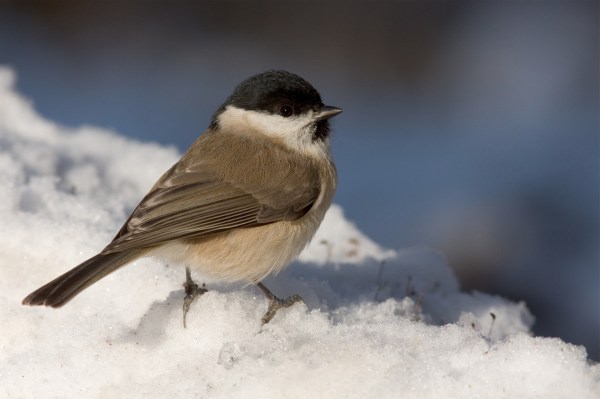A lot of people wonder if they should feed the birds during the winter. The worry is that birds will become too reliant on feeders and abandon their natural sources of plant seeds and insects.
A study in Wisconsin of banded, black-capped chickadees (Poecile atricapillus) revealed they rely on feeders for about 21 percent of their daily food intake. During a mild winter, the survival rate for these northern chickadees with access to feeders was no different than those without. In very harsh weather, however, wildlife ecologist Margaret Clark Brittingham found that the survival rate increased when chickadees had access to a supplemental food source.
Chickadees also are extremely adept at finding insects hidden in the cracks and crevices of bark, even in winter. “Because insects are cold-blooded, they may not be active in winter, but they’re out there,” wrote Laura Erickson, author of Cornell Lab of Ornithology’s The Bird Watching Answer Book (Storey Publishing, $14.95 paperback).
Chickadees don’t sit at the feeder to eat. The black-capped and the Carolina chickadee (Poecile carolinensis), which is more common in central and southern Indiana, take seeds in their beaks to a nearby tree to break them open and eat. Chickadees also cache seed to eat later.
In the hand sized book, Erickson answers many of the common questions about birds and explains unusual behaviors. Cardinals do not recognize their image, so they attack windows thinking they are defending their territory against an invader. Woodpeckers are not always seeking insects when they drill into the soffits of houses. Sometimes, they just like the sound their pecking makes.
A great way to become acquainted with the birds in your landscape is to participate in the 14th annual Great Backyard Bird Count, Feb. 18 through 21. The annual event creates a real-time snapshot of where birds are across the continent and in Hawaii. Please visit the Web site for more information.
